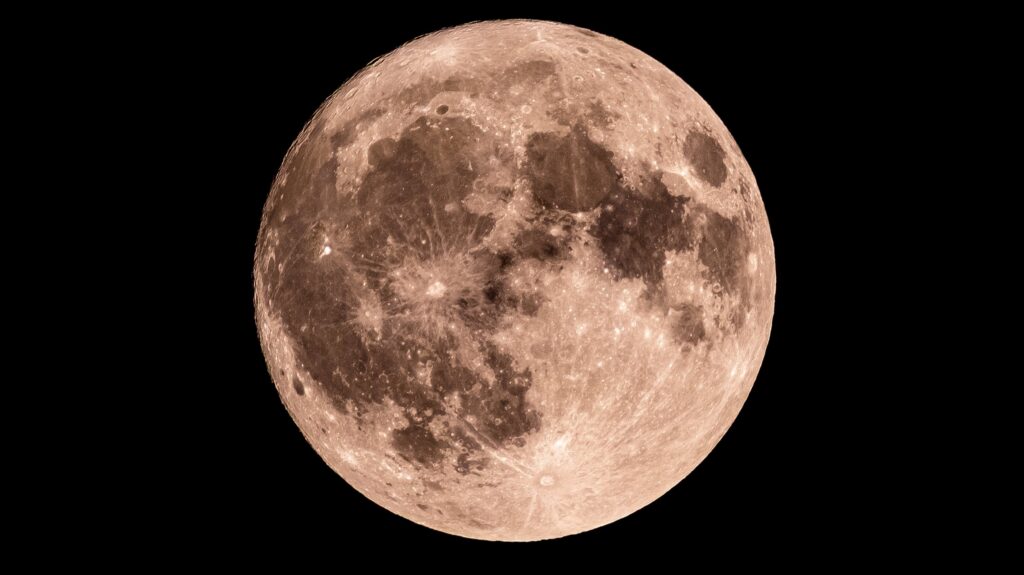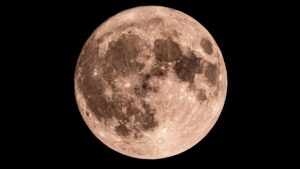
As of August 3, 2025, the moon is in the Waxing Gibbous phase, illuminated at approximately 69%. This phase indicates that the moon is moving towards its full state, which will occur on August 9. Observers tonight can expect a vibrant view of the lunar surface, with notable features visible to the naked eye.
The lunar cycle consists of eight distinct phases, completing a full cycle every 29.5 days, according to NASA. These phases arise as the moon orbits Earth, with sunlight illuminating various portions of its surface. Currently, it is day ten of the lunar cycle, and the Waxing Gibbous phase offers a chance to see some remarkable lunar landmarks.
What to See in the Night Sky
Tonight, skywatchers can distinguish the Copernicus Crater, Mare Fecunditatis, and Mare Crisium with just the naked eye. For those with binoculars, additional features such as the Aphonsus Crater, Posidonius Crater, and Mare Frigoris will be accessible. A telescope will reveal even more, including the Rima Arladaeus, the Descartes Highlands, and the Fra Mauro Highlands. The Fra Mauro region is particularly significant as it is where the Apollo 14 mission landed.
Understanding moon phases is essential for appreciating these celestial events. The phases are a result of the changing angles between the Sun, Moon, and Earth, causing variations in visibility. During the New Moon phase, the moon is completely dark as it lies between Earth and the Sun. As it transitions to a Waxing Crescent, a small portion becomes visible, eventually progressing to the First Quarter, where half of the moon is illuminated.
The Cycle of the Moon
The Waxing Gibbous phase is characterized by more than half of the moon being lit, but not yet fully illuminated. Following the full moon, the moon will enter the Waning Gibbous phase, where it begins to lose light from the right side. This continues until it reaches the Last Quarter, where half of the left side is visible.
The lunar cycle not only captures the interest of astronomers but also influences various cultural and natural phenomena. From tidal patterns to folklore, the moon plays a significant role in both scientific and societal contexts. As the moon continues its journey towards fullness, many enthusiasts will be eagerly observing the night sky, ready to enjoy the beauty and mystery that the lunar phases bring.
For those interested in astronomy, tonight’s Waxing Gibbous moon presents a perfect opportunity to engage with the cosmos. Whether observing with the naked eye or using tools like binoculars and telescopes, the moon’s beauty is accessible to all.







